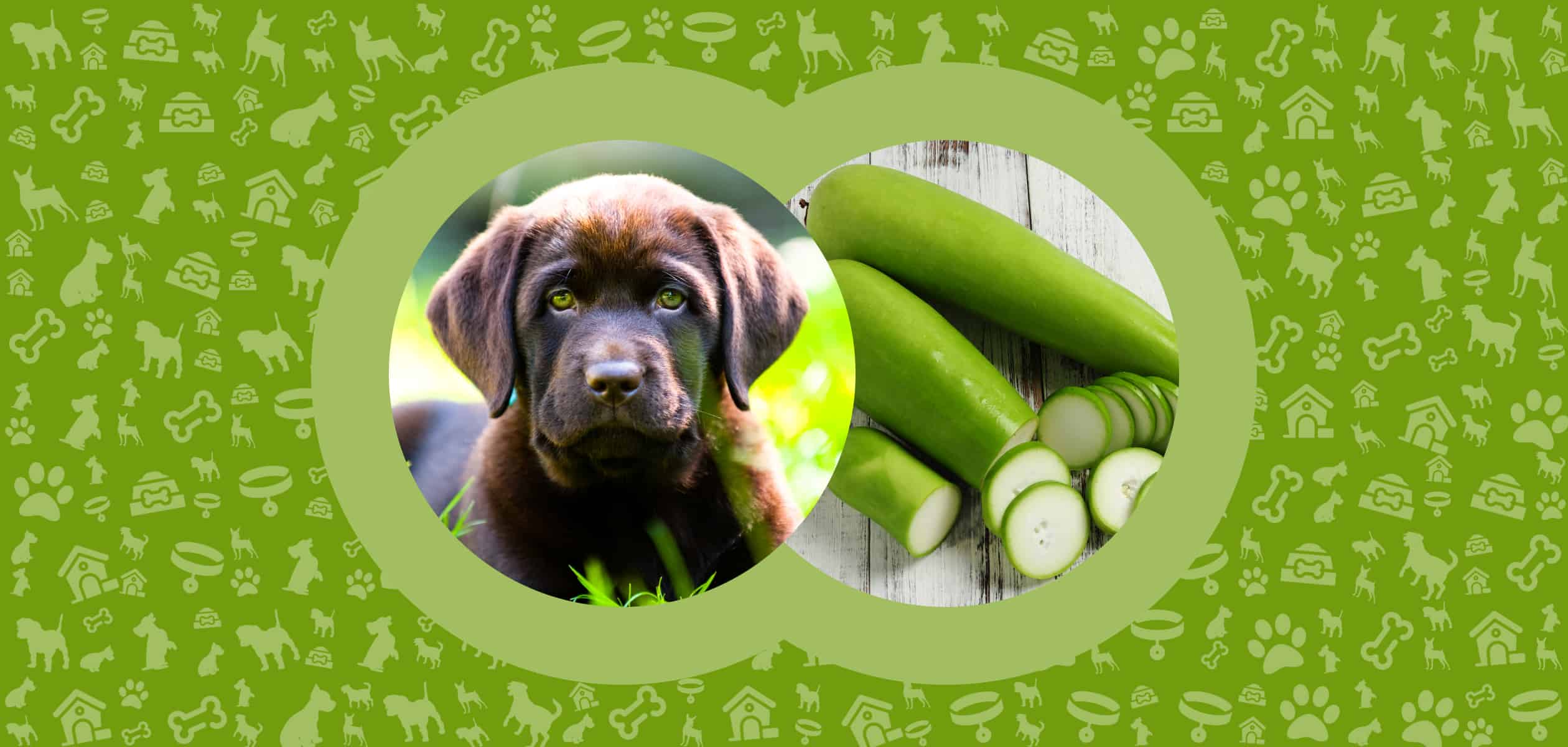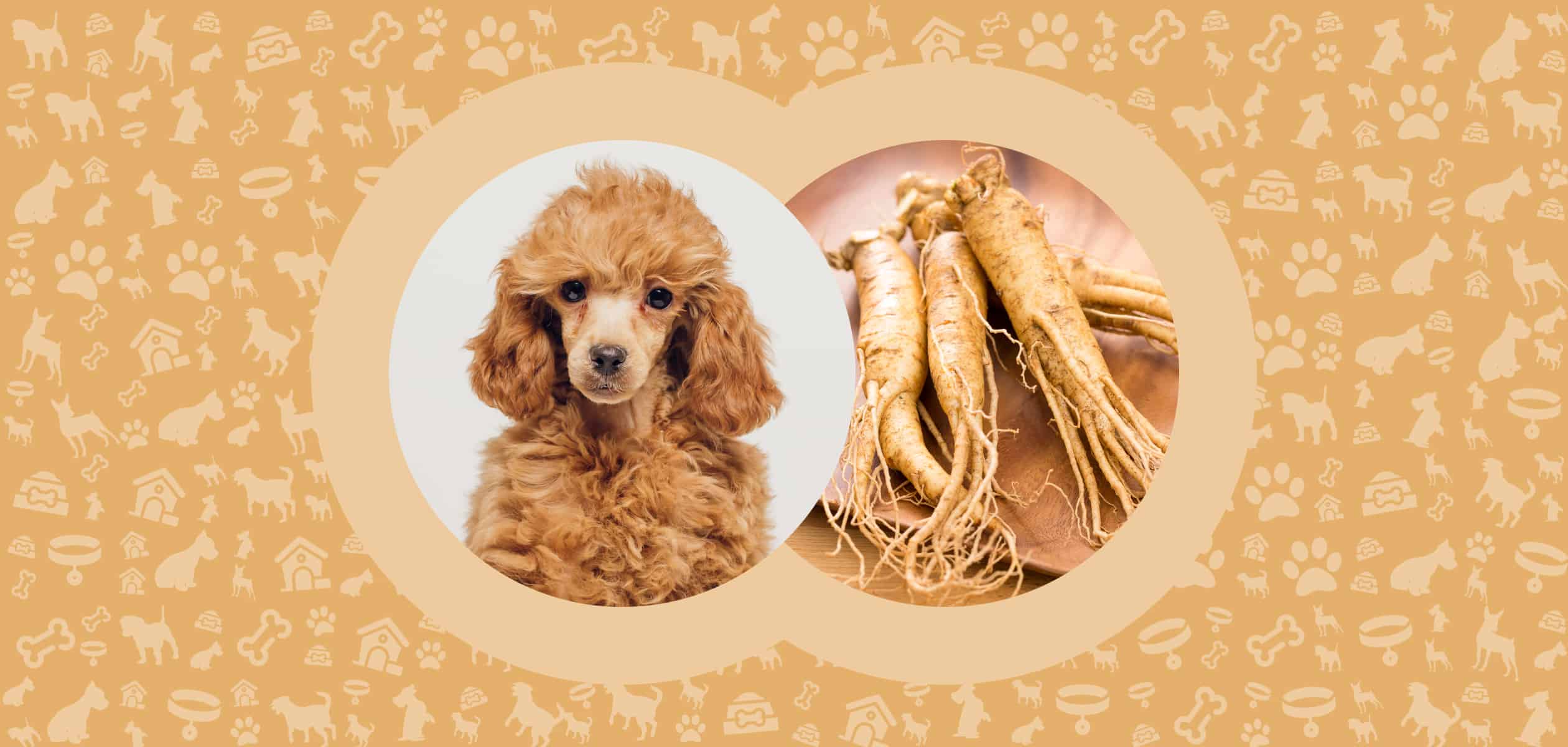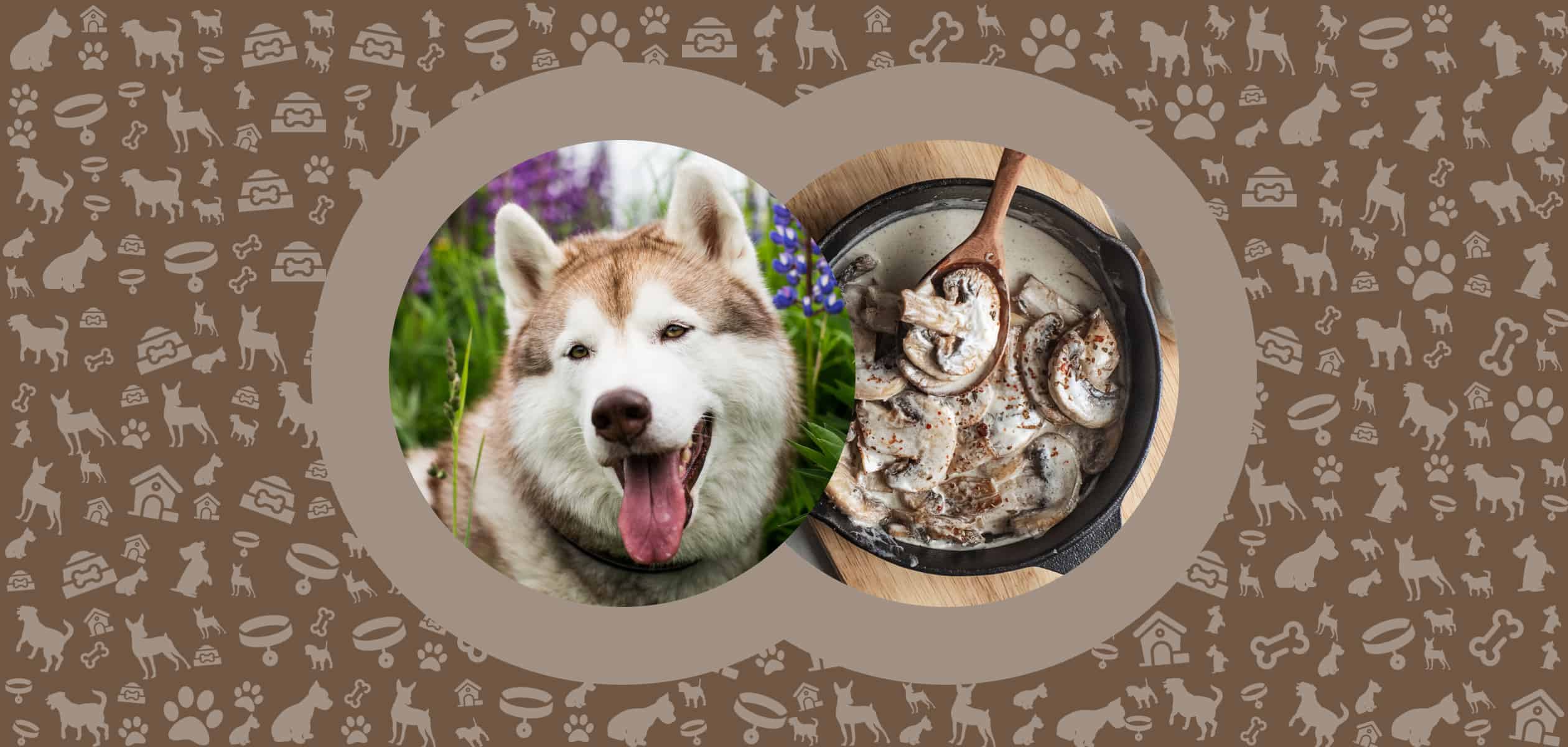Introduction
Food allergies in dogs have become more and more common in the past years, primarily because owners feed their pets the same diet time and again for long periods of time.
The first development is usually a food intolerance, typically to a protein source, but then the symptoms become characteristic of actual pet food allergies.
Read on to find out everything you should know about food allergies in dogs and what an elimination diet might be able to do for their health.
What Foods Can Dogs be Allergic to?
Besides the most common culprit these days, which is the chicken that can be found in kibble or rather, chicken ‘by product,’ some dogs can experience food allergies to grains and other added ingredients.
A variety of allergens can exist in your dog’s food. Even if you feed your dog boiled eggs once every two weeks or so, you might inadvertently cause a number of worrying symptoms.

Some of the most common dog food allergens are the following:
- Chicken
- Beef
- Egg
- Dairy
Less common but still capable allergens are listed below:
- Soy
- Corn
- Wheat
- Barley
- Oats
- Rice
In general, dogs can become allergic to any type of kibble or canned food varieties that you give them repeatedly.
The main reason for that is that if they were to live in the wild, they wouldn’t catch the same prey all the time. They do share a common ancestor with wolves, so they might have had the same behavior prehistorically.
However, that also means that on one day, they might have had a meal of deer, on another, they might have caught a rabbit, and on another, they might have even eaten a rodent for lack of something else.
These days, pet owners choose to feed their dogs the same diet. Generic dog foods are usually made for ages or breeds, but specialized ones speak to specific health conditions such as liver failure, diabetes, or other metabolic diseases or are even made to be hypoallergenic.
The main problem is that most of these specialized diets tend to cost a lot of money, which is why most newbie dog owners choose a budget-friendly option, one that might not contain the best ingredients (such as the grains we’ve mentioned or the ‘meat by-product’ that can even consist of hooves, tripe, lungs, and other organs, including skins and tendons. This is not what a dog should eat regularly.
Does Your Dog Have a Food Allergy?
First of all, it can be challenging to tell if your dog is allergic to their food or other factors, such as flea bites, pollen, or a variety of different environmental factors (including your household cleaning products).
There are tests available these days that veterinarians can rely on to tell whether dogs have specific allergic reactions to protein types and other food ingredients.
But some of the most common symptoms that you, as a dog owner, might be able to notice if your dog is indeed allergic to their kibble are listed below:
- Itchiness in the ears or paws
- Irritations in their stomach area
- Red bumps across their body
- Hives spread unevenly
- Digestive distress (diarrhea, vomiting, or bloating)
- Inflammation in the face (calls for immediate veterinary assistance)
- Recurring ear infections
When you take your dog to the vet clinic, you need to make sure that you tell them absolutely everything you feed your pet, whether that be their normal kibble or canned food or the table scraps they are getting.
It’s not uncommon for dogs to develop allergies because of all the salt that can be found in table scraps, which is a good reason to avoid giving your pet any.
Make sure you also tell the vet the type of treats you give your dog, whether for the purpose of learning new tricks or whenever they are behaving nicely.
Treatment of Pet Food Allergies
Most dogs develop food allergies unexpectedly after being fed the same diet for months or sometimes, even years.
One of the most puzzling facts about them is that most dogs tend to develop them out of season. This means that instead of them starting to show symptoms in the summer when they might become allergic to flea bites, pollen, or other factors, they will do so smack in the middle of winter.
After diagnosing the allergy, the vet will probably have to administer some antihistamines or anti-inflammatory medications.
Steroids are excellent when it comes to decreasing skin inflammation and irritation, but they are also quite risky and should never be administered for long periods of time.
Once the exact cause of the allergy has been determined (which can be very difficult), the vet might recommend specific treatment and/or the elimination of the allergen.

Elimination Diets and Their Effectiveness
An elimination diet can be one way of actually diagnosing your dog’s food allergy, but it can also be a way of treating it.
There are two main ways of managing such a diet. The first involves the use of novel protein sources, and the second relies on giving your dog a hydrolyzed diet. The second is specifically effective for dogs that have developed allergies to several different types of protein.
The first, however, mostly speaks to the needs of dogs that were constantly fed the same diet. For example, if you’ve always given your dog the same brand of chicken kibble, at one point, they might develop an allergy to it.
Some breeds are just more prone to developing this health complication, such as the following:
- Golden Retrievers
- Boxers
- Shar-Peis
- Boston Terriers
- Labrador Retrievers
- Shih Tzus
- Scottish Terriers
The elimination diet will start with a trial, which can last for up to one or two weeks. Some dogs show excellent results in the first few days after their diet has changed.
As for novel proteins, it all depends on what you previously fed your pet. If your dog has already become allergic to common ingredients such as chicken, beef, or lamb, you’ll have to try salmon, venison, moose, goat, or rabbit. Other novel proteins are listed below:
- Elk
- Emu
- Kangaroo
- White fish
- Duck
- Horse
- Ostrich
Should your dog be allergic to something else instead of the protein in their diet, the elimination diet might look entirely different.
For example, if your pet is allergic to the carbohydrate source currently in their diet, which could be anything from rice to wheat or barley, you will have to pick a food that comes with a different one. Several examples are listed below:
- Potatoes
- Sweet potatoes
- Pumpkin
- Green beans or peas
- Squash
- Lentils
In most cases, elimination diets do their job and you will notice a significant improvement in your pet’s itchiness and skin condition.
We advise that you switch to an elimination diet gradually. This means that you will have to mix some of the old food with the new one until you get rid of the first altogether.
Write down everything you feed your dog. Later on, you might have to communicate this information to your veterinarian.
You are not allowed to make any ‘bends’ to the elimination diet. This means that you should strictly give your dog the treats that your vet recommended and no table scraps whatsoever.
It can be challenging to say ‘no’ to a dog that begs at the table, but if you want the elimination diet to work, you will have to do your best to refuse your pet’s pleas.

Final Thoughts
It can take some time for the vet to find out the exact cause of the food allergy through an elimination diet, so the trials might be changed and last up to several months.
Given these challenges, the best piece of advice we have for you if you’ve just gotten a puppy is to make sure that you are giving them the healthiest diet you can afford.
Do not feed your dog the same food time and again. It’s better to give varied meals to ensure that your dog doesn’t develop a food intolerance or allergy rather than have to treat such a condition.
Sources
- Food allergy in dogs and cats: a review, A. Verlinden et al, 2006
- Assessment of dog owners’ knowledge relating to the diagnosis and treatment of canine food allergies, Siarra Tiffany et al, 2019
- Sensitivity and specificity of a shortened elimination diet protocol for the diagnosis of food-induced atopic dermatitis (FIAD), Nina Fischer et al, 2021
- Diagnosis and management of food allergy and intolerance in dogs and cats, J. Wills & R. Harvey, 1994







Leave a Comment